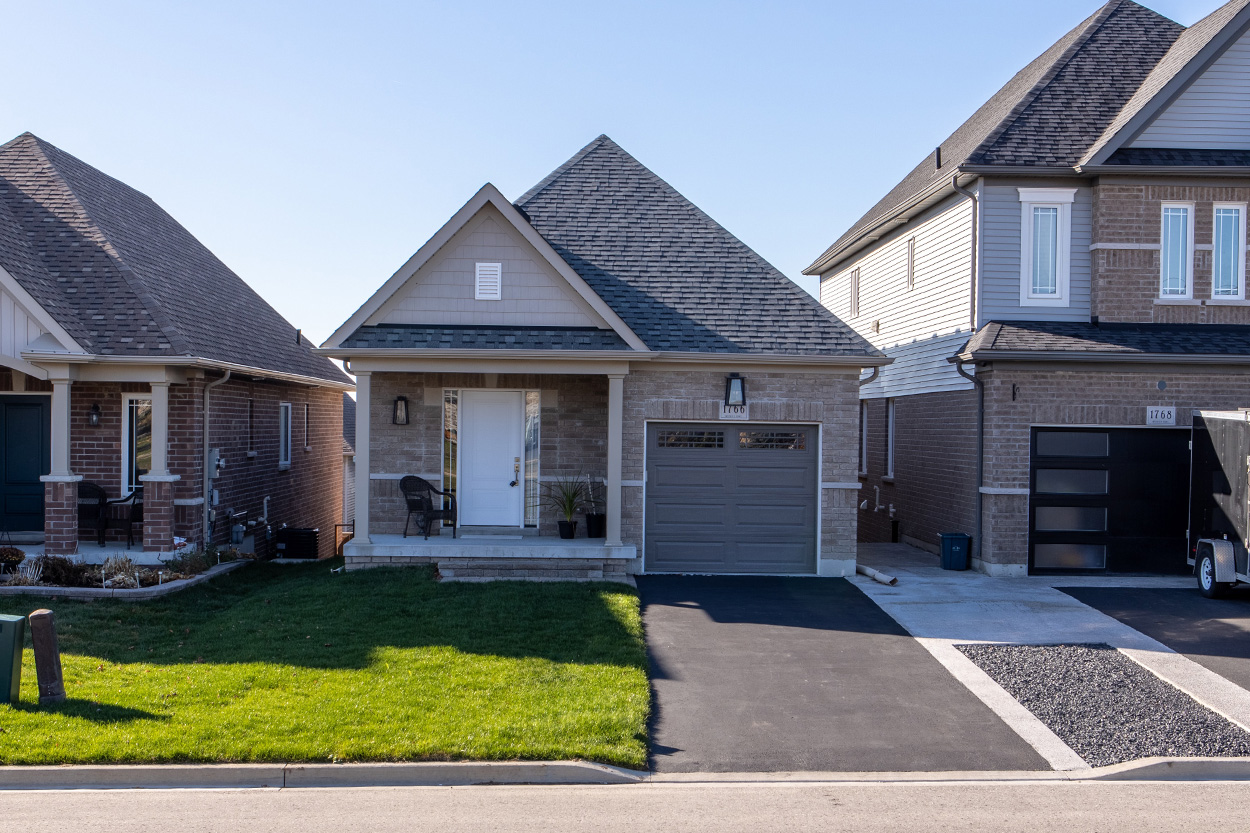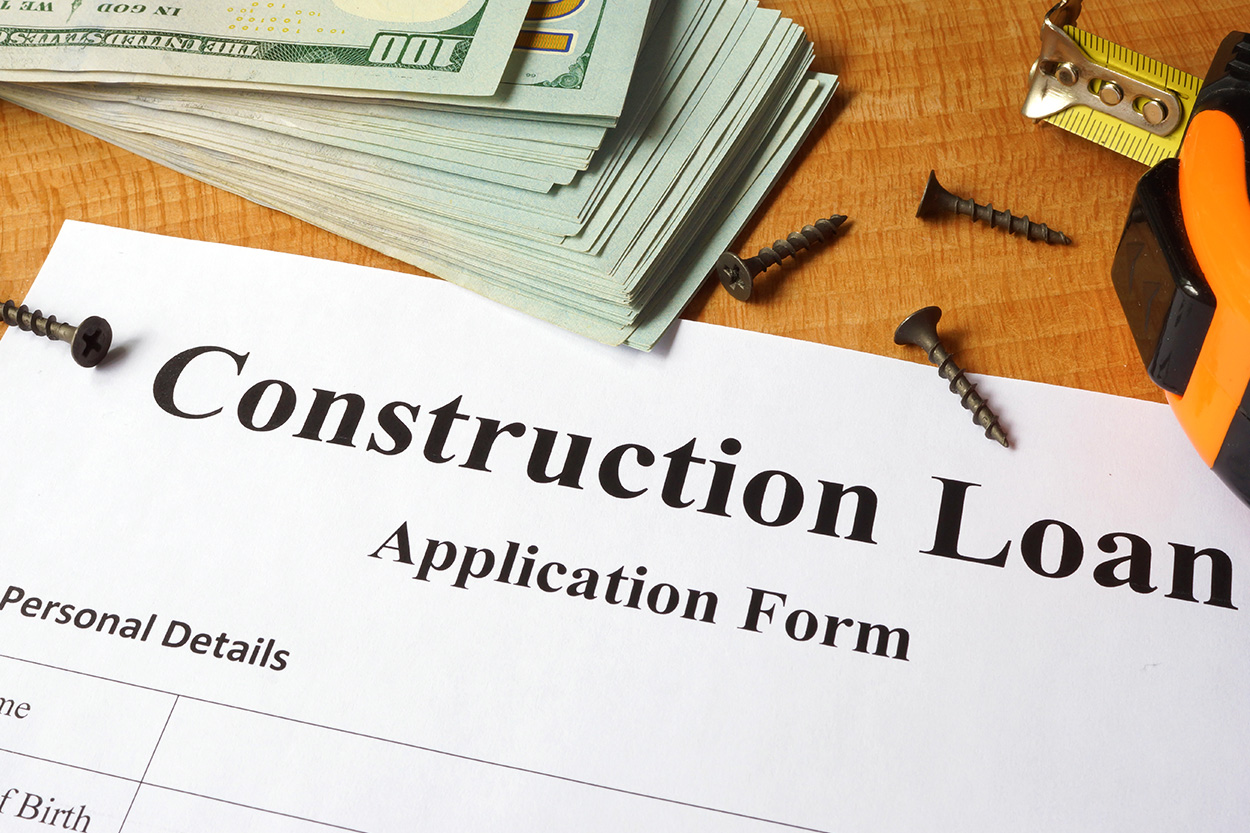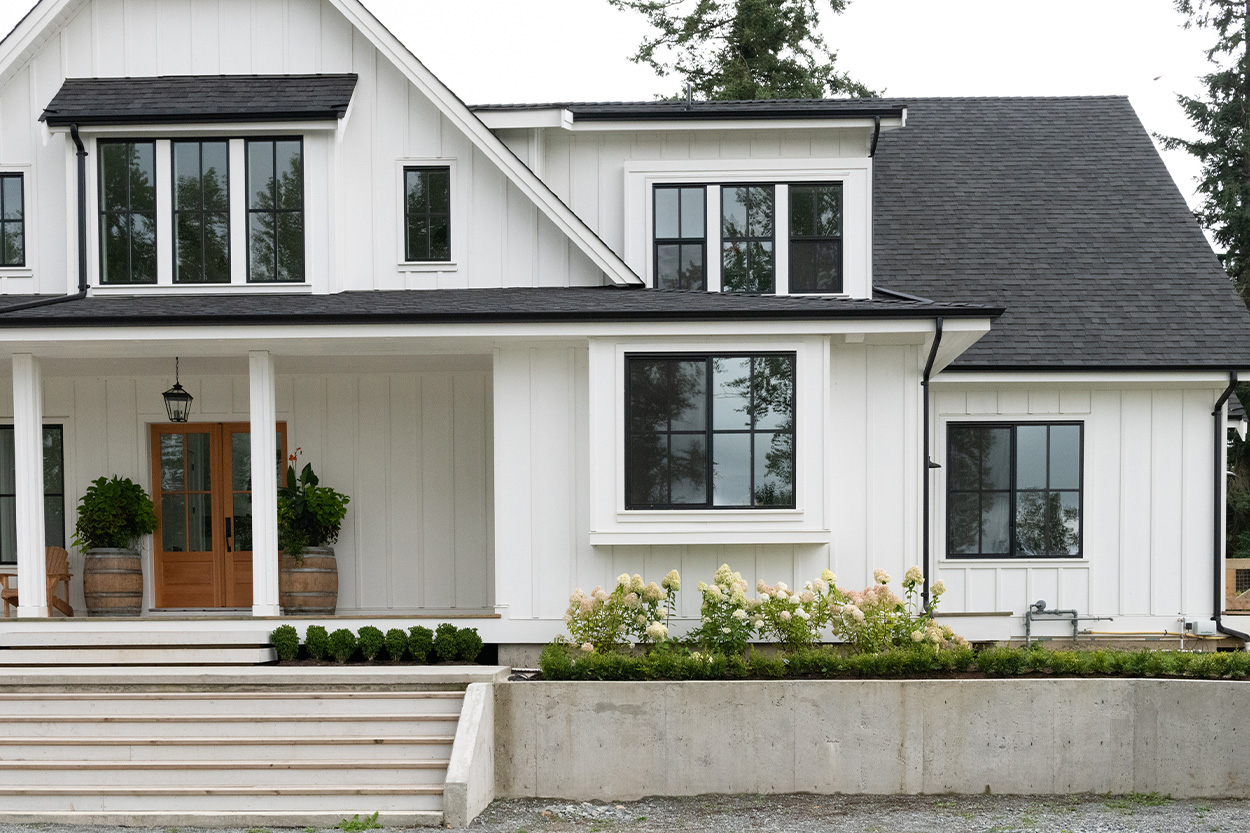No Closing Cost Mortgage: Everything You Need To Know

Key Takeaways:
- For first-time or low-income homebuyers, a no closing cost mortgage can relieve much of the financial burden at the time of purchase.
- No closing cost mortgages save you money initially on upfront fees. However, you’ll pay more in the long-run due to accumulated interest expenses as a result of a higher interest rate.
- To lower closing costs, you should negotiate with lenders and check all available funding sources, like seller financing and state grants.
No Closing Cost Mortgage: Everything You Need to Know
Nothing in life is certain, except death and taxes… and maybe mortgage closing costs.
To finance a dream home, most people have to take out a mortgage. However, a mortgage doesn’t erase all upfront fees. To seal the deal, every home purchase requires buyers to pay mortgage closing costs. And while homebuying is generally expensive, these costs can take up a pretty high percentage of the total purchase price.
If home buyers feel intimidated by upfront closing costs, there’s a solution—a no closing cost mortgage. To know whether this mortgage type is right for you, let’s break down everything you need to know about no closing cost mortgage loans.
Closing Costs 101

Closing costs include a mix of fees and taxes that mark a home as sold or “closed.” Typically, buyers pay these on the official date of sale. Depending on home location and personal finances, closing costs can include:
- Property taxes
- Tax service provider fees
- Title insurance
- Homeowner’s insurance
- Flood certification
- Appraisal costs
- Credit check fee
- Lender fees (processing, application, bank activity)
On average, the closing costs for a US home add up to $4,876—they can even rise to $10,000 in some cases. It’s easy to see how an upfront closing cost payment may not be possible for some home buyers.
What is a No Closing Cost Mortgage?
The name “no closing cost mortgage” is a little misleading. Eventually, buyers always pay for closing costs. However, the way you finance the closing costs differs from a typical home mortgage.
Usually, home buyers pay closing costs upfront via cash or direct deposit. However, under no closing cost mortgage loans, a lender covers these upfront costs for the borrower. They then incorporate that cost into the monthly payment.
In short—instead of paying upfront, you gradually pay for closing costs through your mortgage.
Depending on the lender, some mortgages won’t finance every single closing cost you have. Always check with your loan provider on exact coverage details, so you don’t experience any surprise fees.
How Does a No Closing Cost Mortgage Work?
You now know that lender paid closing costs mean higher monthly mortgage payments. Lenders bump up your monthly mortgage rate in two main ways:
- Loan Balance – A lender adds your closing costs to the total loan balance, combining them with your house coverage.
- Interest Rate – A lender raises your monthly interest rate to balance out covering your closing fee.
Both methods lead to the same result—a higher monthly payment. Run each scenario with your potential mortgage lender to see which option you prefer.
On top of monthly payments, lenders might also add a prepayment penalty. These provisions stop buyers from prepaying or refinancing their mortgages so that loan companies don’t lose potential interest money. All lenders must disclose these penalties before sealing a mortgage deal.
Financing a No Closing Cost Mortgage

Like all mortgages, no closing cost mortgages require some level of financial trustworthiness. To win lender approval, buyers should prove good standing in these areas:
- Income sources
- Employment verification
- Bank statements & other financial accounts
- Credit score (minimum 620)
- Debt-to-income ratio (maximum 43%)
You will also need to prove your ability to fund a down payment. Most home mortgages have a minimum 3% down payment, but the average is usually 6%.
And don’t forget—before settling on a no closing cost mortgage, make sure to exhaust all of your resources. There are still a few ways to reduce your closing costs before borrowing money:
- Seller concession – In many cases, you can ask the home seller to partially cover closing costs. This concession is tacked onto the home’s total price or mortgage cost. Keep in mind that public lenders (Freddie Mac, Fannie Mae, USDA, etc.) often cap seller concessions at a certain loan percentage.
- State home buyer programs – Depending on your income level, you might qualify for closing cost assistance or a housing grant in your state. Most programs don’t require repayment unless you move or refinance your home.
- Veteran Association loans – If connected to the military, research available VA mortgages. Usually, they limit closing costs and eliminate down payments entirely.
- Optimizing – Don’t be afraid to shop around for the best mortgage deal and terms. The first option isn’t always the best out there. And once you find a mortgage lender that fits your financial needs, it never hurts to negotiate for more advantageous interest rates or terms.
Pros & Cons of No Closing Cost Mortgages
Mortgages are not one-size-fits-all. For some buyers, a no closing cost mortgage isn’t worth the higher monthly payments. For others, saving money upfront could reduce the stress of the initial home purchase.
If you’re on the home mortgage fence, let’s break down the pros and cons of a closing cost mortgage for home buyers.
Pros:
- Upfront relief – Having a lender take on closing costs relieves you of paying a large, upfront sum. For first-time homebuyers or those with less cash to spare, this can be beneficial.
- Better debt standing – If you’re trying to improve your debt-to-income ratio, avoiding upfront closing costs can prevent your balance from plummeting. You will reach a break-even point faster after the home purchase.
Cons:
- Overall cost – Regardless of the situation, a no closing cost mortgage almost always ends up costing more due to interest expenses accrued over the lifetime of the home loan.
- Higher future payments – You might save money upfront with a mortgage. But if you can’t afford higher monthly payments down the line, then a no closing cost mortgage will hurt your finances.
Is a No Closing Cost Mortgage Right For You?
When it comes to choosing the right mortgage rate, each person’s situation is unique. In the end, a no closing cost mortgage comes down to your ability to afford an upfront payment—and that differs with every homebuyer.
No matter your financial situation, do your research and create a solid budget analysis. That way, mortgage or not, you can find the best possible home buying option for you.
Sources:
Boykoff, Pamela. No Closing Cost Mortgage Loans. https://www.lendingtree.com/home/mortgage/closing-costs/no-closing-cost-mortgage-loans/
Chesney, Carey. No-Closing-Cost Mortgage: Does It Make Sense For You? https://www.rocketmortgage.com/learn/no-closing-cost-mortgage
Ceizyk, Denny. Minimum Mortgage Requirements for 2021. https://www.lendingtree.com/home/mortgage/minimum-mortgage-requirements/
Araj, Victoria. What Is The Average Down Payment On A House? https://www.rocketmortgage.com/learn/what-is-the-average-down-payment-on-a-house
Lake, Rebecca. How Do Seller Concessions Work? https://loans.usnews.com/articles/how-do-seller-concessions-work






